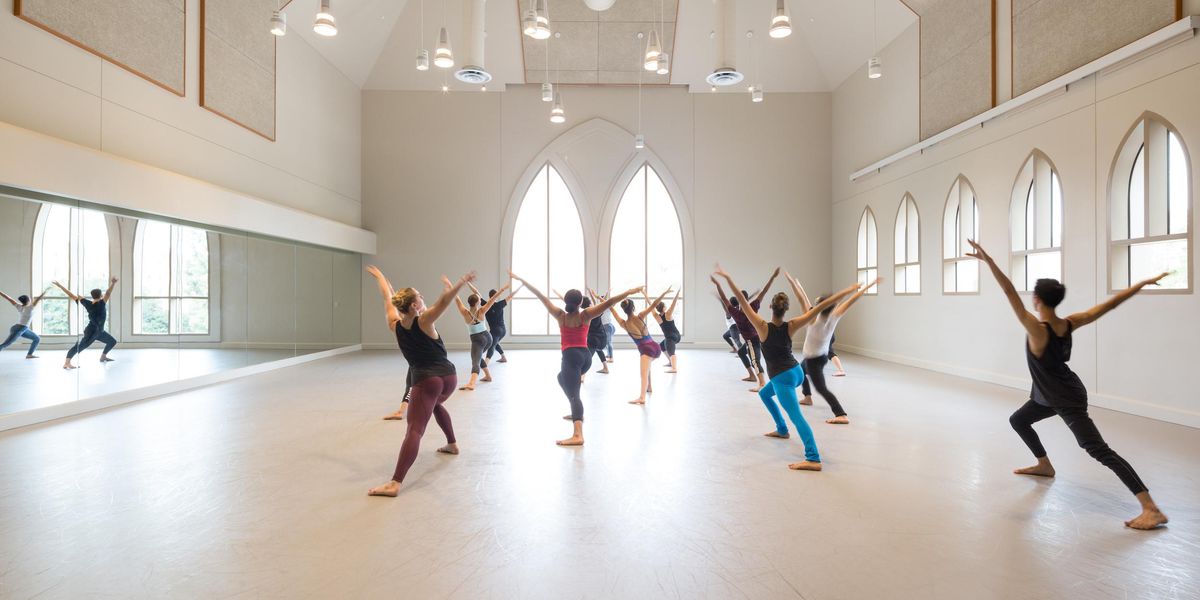Shen Wei: Making Art Move
For many years, the Chinese-born American artist Shen Wei has lived parallel lives—as a choreographer and as a painter. Though the two have intersected in his own visual design for his sweeping dance works, they’ve never been so fully, simultaneously on display as they were in December, when he premiered Shen Wei — In Black, White and Gray at Miami Dade College’s Museum of Art + Design during Art Basel Miami Beach. The exhibition paired 11 of his vast canvases with a 12th, less stationary work: a dance for 12 members of his New York City–based company, Shen Wei Dance Arts. Choreographed for a mobile audience that followed the dancers through the galleries, the piece is now being reconfigured for more traditional stages at this summer’s Spoleto Festival USA and American Dance Festival.
Kate Jewett
You’ve been painting since you were a child, but the Miami show was your first large-scale museum exhibition.
Why now?
Being a painter feels so personal. It’s like opening up your journal to the audience. Some painters want to be in the business sooner, have their name out there, but I don’t rely on painting as a business. I think it takes a long time to find something you really want to share—something original, my own language. So I’ve always pulled back. But this felt like the right time with the right space and the right curator. Also, my dance company is a bit more stable now, so I am more able to focus on my painting. Everything fell into place.
Why are your paintings more private for you than your choreography?
It’s such a different approach as an artist. I paint by myself. I lock myself in the room for a long time. It’s really intimate. I dig deep into a lot of things. With making dance, there are so many dancers—you share everything with somebody else. You transmit the movement to other bodies, and the movement changes. It’s much more about communication. By the end, when you see it onstage, your own thinking has gone through so many people.
The dancers perform movement inspired by the paintings.
What were you exploring with this series of paintings?
Artistically, it’s almost the same thing I do making dance. It’s about space, timing, textures, quality. It’s about structures and rhythms. It’s about the flow of movement, how I can feel the energy of movement. The main difference is that with dance, it’s human energy. But onstage or on the canvas, I also have to think about a balance of composition.
How does movement come into your painting process?
My canvases are really big—the largest are almost 30 feet. When you make a big stroke, you need a big movement to physically make it happen. It’s easier for a dancer to control the flow of energy. That’s a benefit I think I have as a dancer and choreographer.
Do you begin with any particular concept or vision?
Usually I have to go into a zone, a kind of mental state. Physically and mentally I have to be really comfortable, with no noise. I have to go to a spiritual world, a meditation world. I lock my studio and don’t start immediately. Normally it takes a few hours at least to become so controlled, so sensitive, so aware of what I’m doing, but at the same time so free to do anything I want. That determines what the quality and texture and flow are going to be during the moment of painting.
Shen Wei
What inspired the dance that accompanied these paintings?
It’s super-different from my dance productions in the past. Usually when I do a piece, it’s about something, but this is much more personal. I asked the dancers to go into a contemplative space—that zone I go into when I’m painting. It’s like the painting has come alive, into three dimensions. Mentally, it’s such a difficult piece for them to perform.
What qualities do you look for in a dancer?
I look for three things. Good technique—you have to have flexibility and understand your own body, and you have to be strong. And then artistically, you have to allow yourself to be open to new things. Lastly, working with a company, you have to be a generally nice, humble person. Of course, we all think about ourselves. But once you join a team, then it’s not just you.
All photos by Moris Moreno




